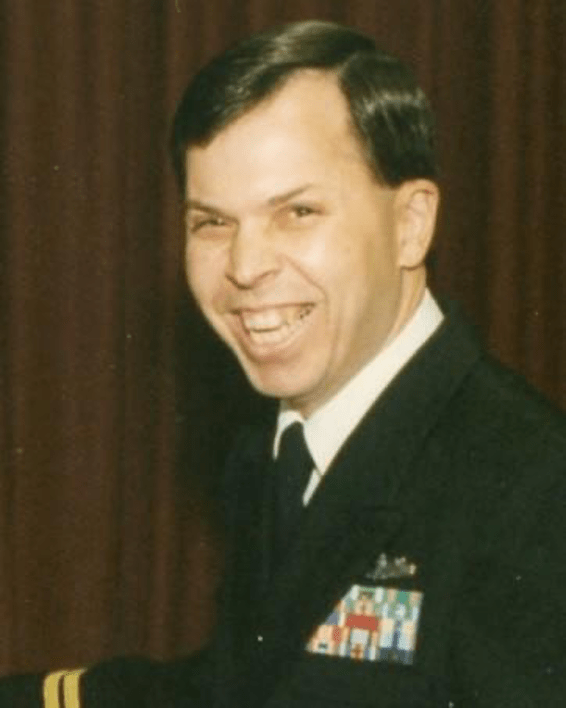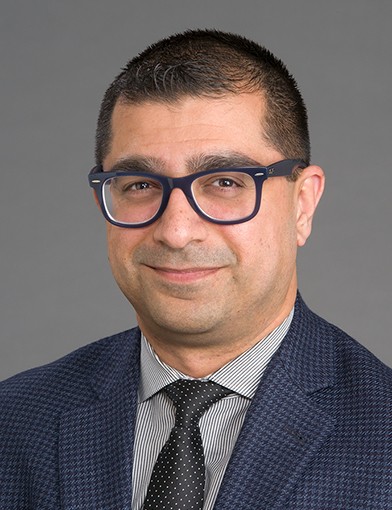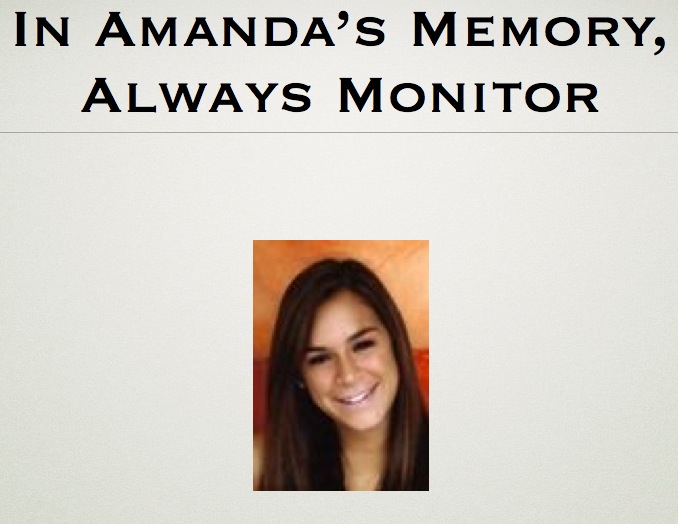By Michael Wong, JD (Founder & Executive Director, Physician-Patient Alliance for Health & Safety)
Our Opioid Dichotomy
Opioids are something we love and hate, all at the same time. On the one hand, they are a great pain reliever and are often used to provide analgesia and supplement sedation during general anesthesia or monitored anesthesia care. On the other hand, opioids can be addictive and too much opioids can lead to opioid overdose and death. Justine Igwe (Nursing Student in Nigeria at the University of Nigeria Enugu Campus) recently wrote about opioids’ pain relief vs. addiction/overdose dichomotomy:



